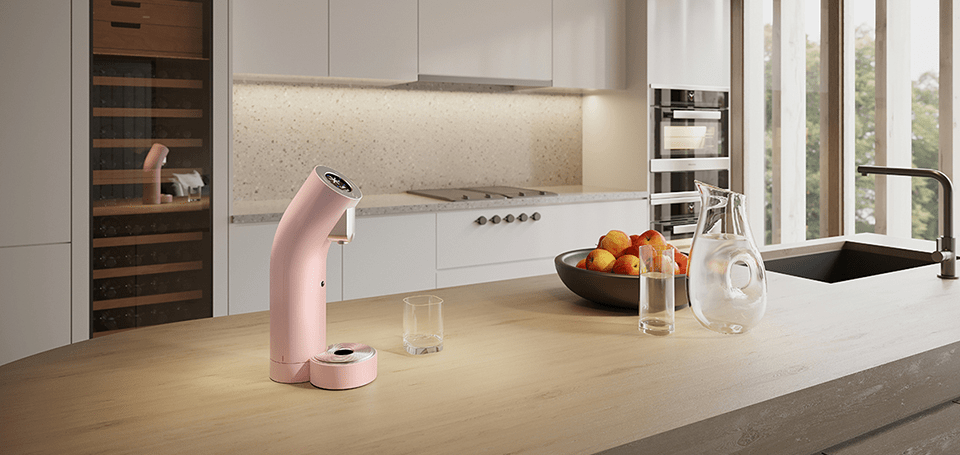The 96-well format template is a crucial tool in scientific research, enabling scientists to perform multiple experiments simultaneously in a highly efficient manner. Understanding the key components and implementation process of this template is essential for achieving accurate results and maximizing efficiency. In this article, we will provide a comprehensive guide on how to implement and optimize a 96-well format template for research purposes. We will also discuss best practices for using the template to ensure data accuracy, maximize efficiency, and adhere to safety considerations.
Understanding the 96-Well Format Template
The 96-well format template plays a vital role in modern research, particularly in fields such as genomics, proteomics, and drug discovery. It consists of a plate with 96 wells arranged in a grid format, with each well capable of holding a unique sample or reagent. This format allows researchers to perform high-throughput experiments, saving time and resources.
The Importance of 96-Well Format in Research
The 96-well format has revolutionized the way experiments are conducted in research laboratories. Its high throughput capabilities enable scientists to process large sample sizes simultaneously, accelerating research processes. Additionally, the format allows for the use of automated liquid handling systems, further increasing efficiency and reducing human error.
Imagine a bustling research laboratory, filled with scientists diligently working on various projects. In one corner, a team of researchers is using the 96-well format template to screen thousands of compounds for potential drug candidates. They load the template with different samples, carefully pipetting each one into the designated wells. With a swift motion, they seal the plate to prevent any contamination or evaporation. The automated liquid handling system takes over, precisely dispensing reagents into each well. The researchers can now analyze the results in a fraction of the time it would have taken using traditional methods.
Not only does the 96-well format template save time, but it also conserves valuable resources. In the past, researchers would have needed multiple plates, each containing fewer wells, to process the same number of samples. This would have required more reagents, more consumables, and more time spent on manual pipetting. With the 96-well format, all the samples can be processed in a single plate, reducing waste and optimizing efficiency. Learn more about the 96 well plate template from this website.
Key Components of a 96-Well Format Template
A 96-well format template typically consists of the following components:
- Plate: The plate is the physical platform that holds the wells in the 96-well format. It is usually made of plastic and is compatible with various laboratory instruments.
- Wells: The wells are small, cylindrical compartments within the plate that hold the samples or reagents. Each well has a specific volume capacity, allowing for precise measurements and sample handling.
- Grid Layout: The wells are arranged in an organized grid layout, typically in an 8×12 format, allowing for easy identification and tracking of samples.
- Sealing Options: Depending on the experiment’s requirements, different sealing options can be employed to prevent contamination and evaporation.
When designing a 96-well format template, scientists carefully consider the material of the plate. Plastic plates are commonly used due to their cost-effectiveness and compatibility with various laboratory instruments. However, for certain applications that require higher optical clarity, glass plates may be preferred.
The wells themselves are designed to accommodate different volumes, ranging from microliters to milliliters. This flexibility allows researchers to work with a wide range of sample sizes, ensuring accurate and reproducible results. Some wells may also have specialized features, such as a conical shape for enhanced mixing or a flat bottom for optimal optical measurements.
The grid layout of the wells is crucial for efficient sample tracking and identification. By organizing the wells in an 8×12 format, researchers can easily navigate through the plate, ensuring that no sample is overlooked or mislabeled. This grid layout also facilitates the use of robotic systems for automated sample handling, further streamlining the research process.
Depending on the nature of the experiment, researchers have various sealing options to choose from. Adhesive films, heat seals, and cap mats are commonly used to prevent contamination and evaporation. These sealing options provide a secure barrier, protecting the samples and reagents from external factors that could compromise the integrity of the experiment.
In conclusion, the 96-well format template has revolutionized research in fields such as genomics, proteomics, and drug discovery. Its high throughput capabilities, efficient design, and compatibility with automated systems have significantly accelerated research processes. By understanding the importance of this format and its key components, scientists can harness its full potential to advance scientific knowledge and innovation.
Steps to Implement a 96-Well Format Template
Preparing for Implementation
Before implementing a 96-well format template, several preliminary steps need to be taken:
- Experiment Design: Clearly define the objectives and parameters of the experiment to ensure proper utilization of the template.
- Sample Preparation: Prepare the samples according to the experiment’s requirements, ensuring that they are properly labeled and tracked.
- Reagent Preparation: Prepare the reagents and solutions required for the experiment, following the appropriate protocols and ensuring their compatibility with the 96-well format.
Detailed Implementation Process
The implementation process of a 96-well format template involves the following steps:
- Plate Setup: Arrange the samples and reagents in their designated wells, following the experimental design.
- Sealing: Seal the plate using the appropriate method to prevent contamination and evaporation.
- Instrument Setup: Set up the necessary instruments, such as pipettes or automated liquid handlers, to perform the desired operations on the plate.
- Data Collection: Perform the experiments and collect the data using the chosen detection method.
Troubleshooting Common Implementation Issues
During the implementation process, various issues may arise. Some common implementation issues with their potential solutions include:
- Contamination: Implement proper aseptic techniques and ensure that all equipment and samples are sterile.
- Evaporation: Use appropriate sealing methods and consider using humidity control devices.
- Handling Errors: Double-check the sample and reagent dispensing to minimize human errors.
Optimizing Your 96-Well Format Template
Strategies for Optimization
To optimize your 96-well format template, consider the following strategies:
- Automation: Utilize automated liquid handling systems to minimize human error and increase efficiency.
- Optimal Sample and Reagent Volumes: Determine the minimum volumes required for accurate results to prevent wastage and reduce costs.
- Data Analysis Automation: Implement automated data analysis workflows to streamline result interpretation.
Maintaining and Updating Your Template
Regular maintenance and updates ensure the template’s accuracy and reliability over time. Some key aspects of template maintenance and updates include:
- Calibration: Regularly calibrate the equipment involved, such as pipettes and liquid handling systems, to ensure accurate and precise measurements.
- Template Review: Periodically review and update the experimental design to adapt to changing research requirements.
- Data Quality Control: Implement quality control measures to identify and address any anomalies or errors in the collected data.
Measuring Optimization Success
To measure the success of optimization efforts, consider the following metrics:
- Experiment Efficiency: Assess the time and resources saved by utilizing the optimized template compared to previous methodologies.
- Data Accuracy: Compare the data generated using the optimized template to known standards or replicate experiments to ensure accuracy.
- Cost Reduction: Evaluate the cost savings achieved through reduced reagent consumption and increased efficiency.
Best Practices for Using a 96-Well Format Template
Ensuring Data Accuracy
To ensure data accuracy when using a 96-well format template, follow these best practices:
- Proper Calibration: Regularly calibrate the equipment involved in the experiment to maintain accuracy.
- Duplicate Samples: Include duplicate samples to validate the consistency and reproducibility of results.
- Data Documentation: Maintain detailed records of experimental conditions, reagents used, and any deviations from the protocol.
Maximizing Efficiency with the Template
To maximize efficiency when using a 96-well format template, consider the following tips:
- Batch Processing: Perform multiple experiments simultaneously that require a similar setup to minimize time and resources.
- Optimized Pipetting Techniques: Use proper pipetting techniques to reduce sample waste and ensure accurate and precise measurements.
- Data Management: Utilize data management software to streamline data organization, analysis, and interpretation.
Safety Considerations in Using the Template
When working with a 96-well format template, ensure safety by adhering to the following considerations:
- Biosafety: Handle potentially hazardous materials, such as biological samples or toxic reagents, in appropriate containment facilities.
- Personal Protective Equipment (PPE): Wear proper PPE, including gloves, lab coats, and safety goggles, when handling samples and reagents.
- Waste Disposal: Dispose of all waste materials, such as used plates or contaminated samples, following proper disposal protocols.
By implementing and optimizing a 96-well format template for research, scientists can significantly enhance their experimental workflows, improve data quality, and achieve research goals more efficiently. Incorporate these best practices and strategies to ensure accurate and reproducible results while maintaining a safe working environment.





